Leaving Gdansk, heading southward again, towards a stop in Poznań, a 3 1/2 drive.
A late lunch in Poznań (Mexican food Polish-style, not too bad), and then onto the square - "mine, mine, the ice cream is mine".
"Poznań is a city on the River Warta in west-central Poland. The city is an important cultural and business center, and one of Poland's most populous regions with many regional customs such as Saint John's Fair, traditional Saint Martin's croissants and a local dialect. Among its most important heritage sites are the Renaissance Old Town, Town Hall and Gothic Cathedral. Poznań is the fifth-largest and one of the oldest cities in Poland. As of 2021, the city's population is 529,410. It is one of four historical capitals of medieval Poland and the ancient capital of the Greater Poland region, currently the administrative capital of the province called Greater Poland Voivodeship.
Poznań is a center of trade, sports, education, technology and tourism. It is an important academic site, with about 130,000 students and Adam Mickiewicz University, the third largest Polish university. The city serves as the seat of the oldest Polish diocese, now being one of the most populous Catholic archdioceses in the country. The city also hosts the Poznań International Fair – the biggest industrial fair in Poland and one of the largest fairs in Europe. The city's other renowned landmarks include the National Museum, Grand Theater, Fara Church and the Imperial Castle."
We've seen lots of rebuilding and fixing up around these countries, but this is the most extensive ripping up of the city square we've come across.
We've parked outside the walled city at the 5 o'clock position, had lunch inside the walls about the 4 o'clock spot, and now are at dead center on the square.
"Poznań Fara, also known as the Parish Church or simply Fara, is a Roman Catholic basilica located in the heart of the Old Town district in Poznań, and the finest example of Baroque architecture in Poland.Th e full name of the Church is Basilica of Our Lady of Perpetual Help, Mary Magdalene and Saint Stanislaus.
Built between 1651 and 1701, the structure was engineered by Polish and Italian masters in the Baroque style, who also incorporated Roman architectural aspects such as the monumental Corinthian columns in the interior. In the mid-18th century Pompeo Ferrari designed the main altar standing at 17 meters in height and the main entrance from the Old Town. The Fara, like most of the city, was largely spared from destruction during World War II."
To the right, below, is an interesting nicely carved bench.
This Bishop's chair looks like it could also be a HG Well's time machine.
Now checking out city hall...apparently the lady in blue liked it as a backdrop.
Jazz group at a nearby square.
The Royal Castle dates from 1249, it was largely destroyed during the Second World War, but has since been partly rebuilt.
"The Raczyński Library is a public library founded by Count Edward Raczyński erected in 1822–1828. During the Second World War the building was demolished with explosives by the Nazi German troops and nearly all of the library's books (90%) were destroyed in the resulting fire, except for the special collections looted earlier by Nazi Germany. In 1953, the library was rebuilt and restocked. "
F-R-E-E-D-O-M
The Round House is from 1954, built after WWII destroyed the previous "resident". Originally a department store, now offices, shops, and a cafe.
"The 1956 Poznań protests, also known as Poznań June, were the first of several massive protests against the communist government of the Polish People's Republic. Demonstrations by workers demanding better working conditions began on 28 June 1956 at Poznań's Cegielski Factories and were met with violent repression.
A crowd of approximately 100,000 people gathered in the city center near the local Ministry of Public Security building. About 400 tanks and 10,000 soldiers of the Polish People's Army and the Internal Security Corps under the command of the Polish-Soviet general Stanislav Poplavsky were ordered to suppress the demonstration and during the pacification fired at the protesting civilians.
The death toll is estimated from 57-100, including a 13-year-old boy, Romek Strzałkowski. Hundreds of people sustained injuries. The Poznań protests were an important milestone on the way to the Polish October and the installation of a less Soviet-controlled government."
Here is the Poznań Crosses Monument to the Victims of June 1956 (1981).
This assembly of vehicles passing by reminded me of the toy section from your local department store - a green bus, a red fire truck, and a blue police car.
"Marian Adam Rejewski (16 August 1905 – 13 February 1980) was a Polish mathematician and cryptologist who in late 1932 reconstructed the sight-unseen German military Enigma cipher machine, aided by limited documents obtained by French military intelligence. In 1929, while studying mathematics at Poznań University, Rejewski attended a secret cryptology course conducted by the Polish General Staff's Cipher Bureau, which he joined in September 1932. The Bureau had had no success in reading Enigma-enciphered messages and set Rejewski to work on the problem in late 1932; he deduced the machine's secret internal wiring after only a few weeks. Over the next nearly seven years, Rejewski and fellow mathematician-cryptologists Jerzy Różycki and Henryk Zygalski developed and used techniques and equipment to decrypt the German machine ciphers, even as the Germans introduced modifications to their equipment and encryption procedures. Five weeks before the outbreak of World War II, the Poles, at a conference in Warsaw, shared their achievements with the French and British, thus enabling Britain to begin reading German Enigma-encrypted messages, seven years after Rejewski's original reconstruction of the machine. The intelligence that was gained by the British from Enigma decrypts formed part of what was code-named Ultra and contributed significantly to the defeat of Germany."

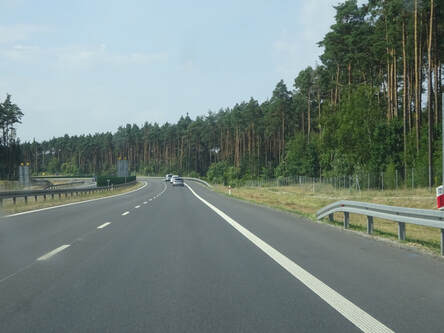
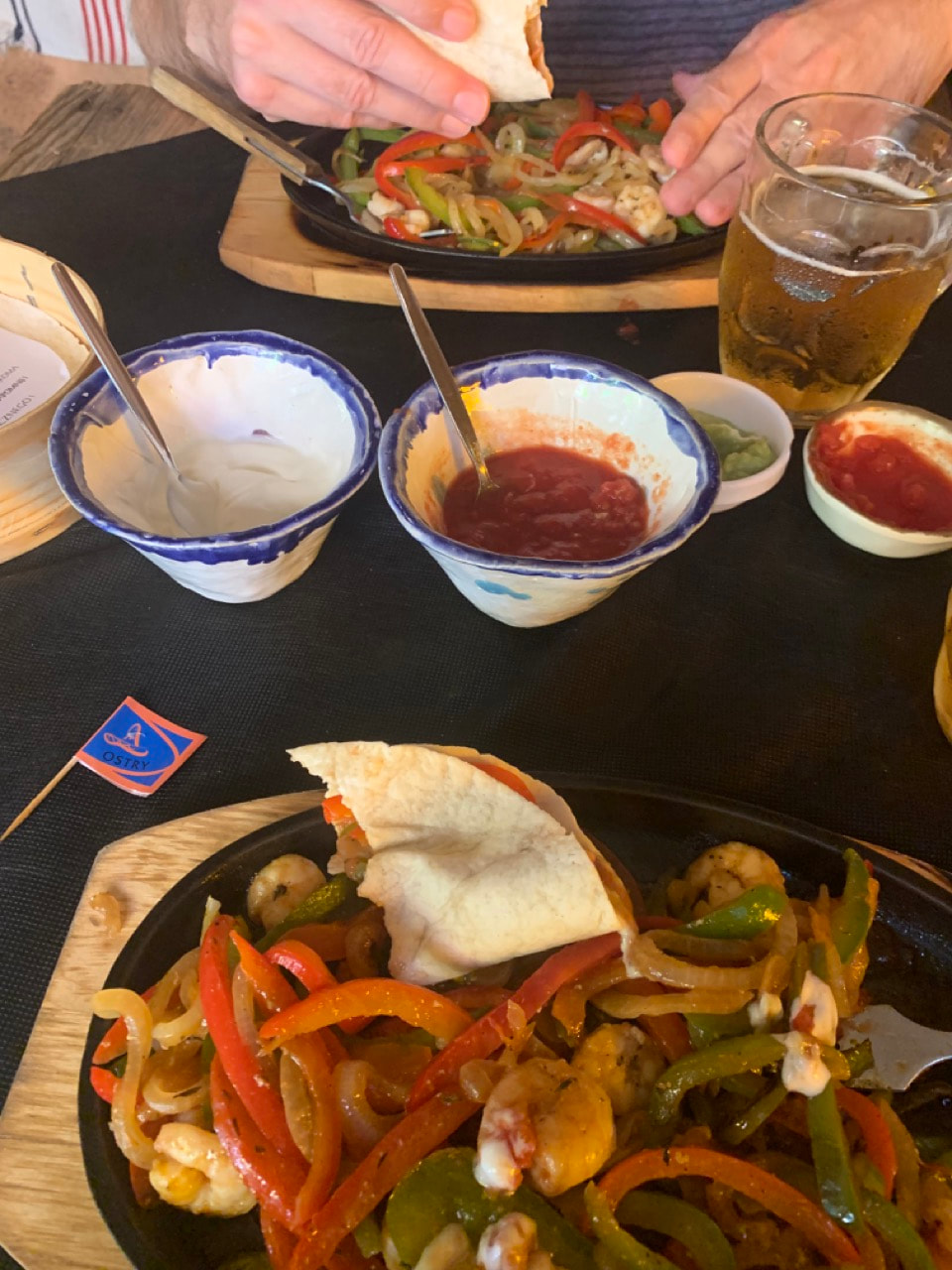
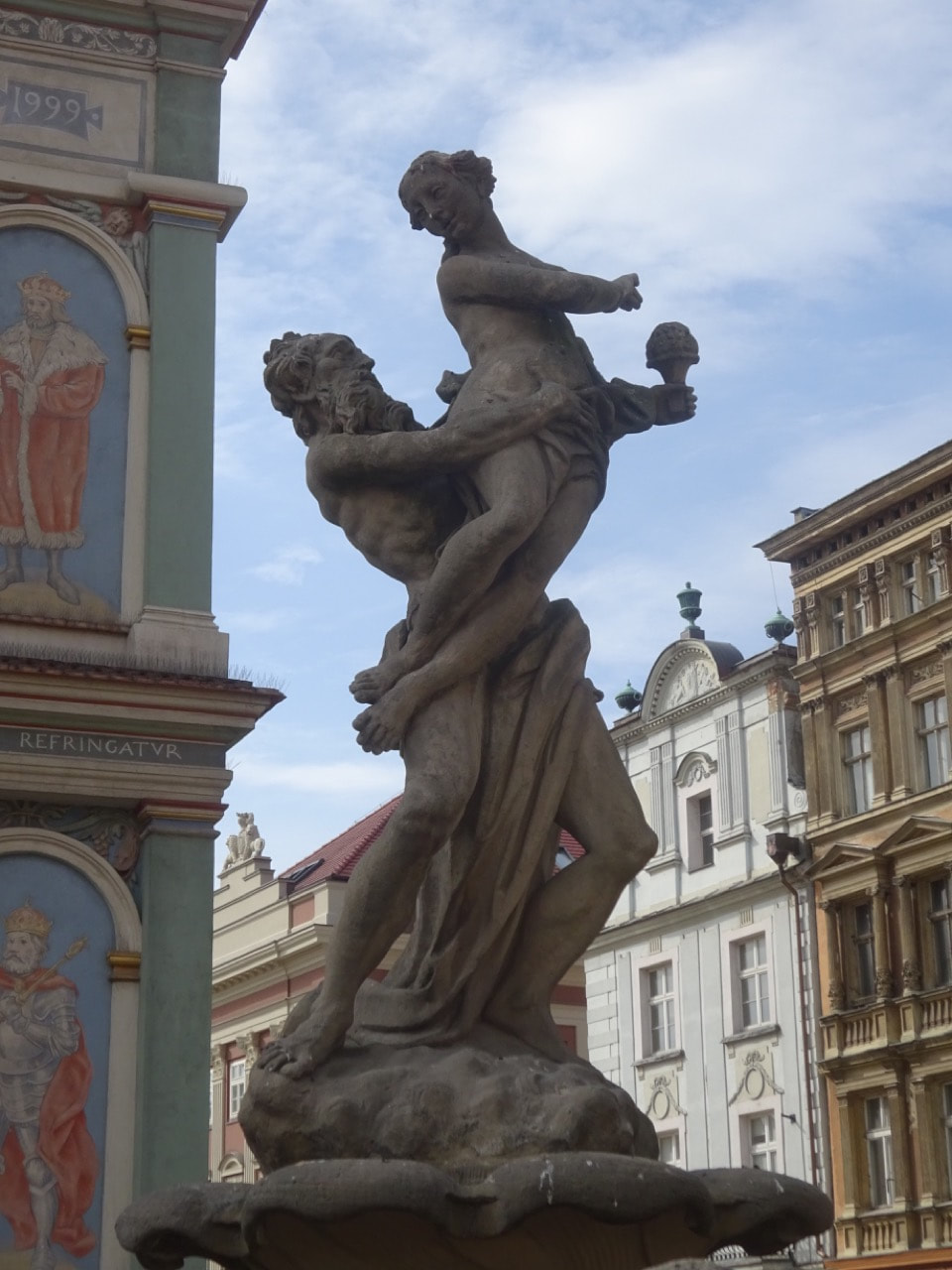
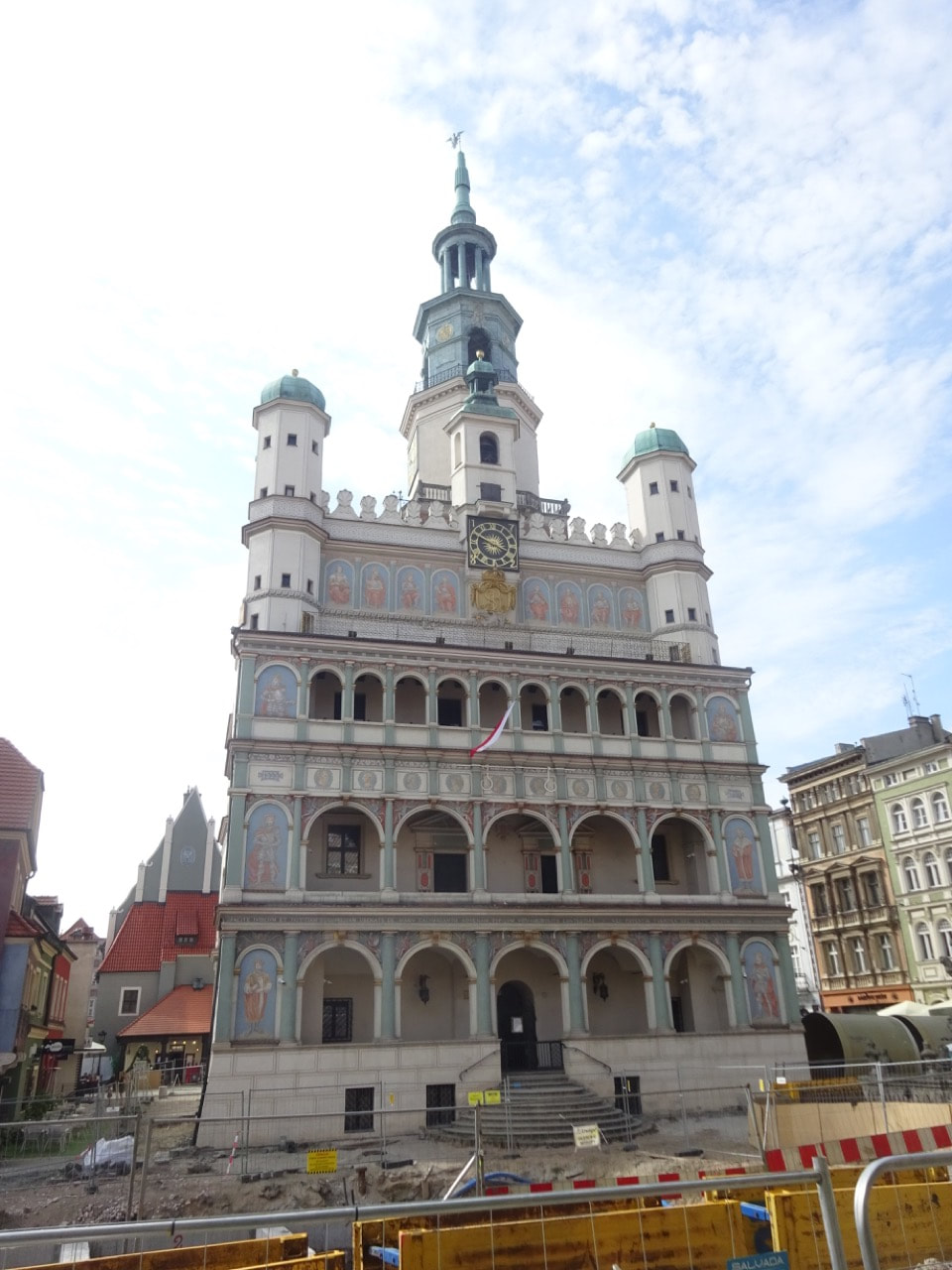
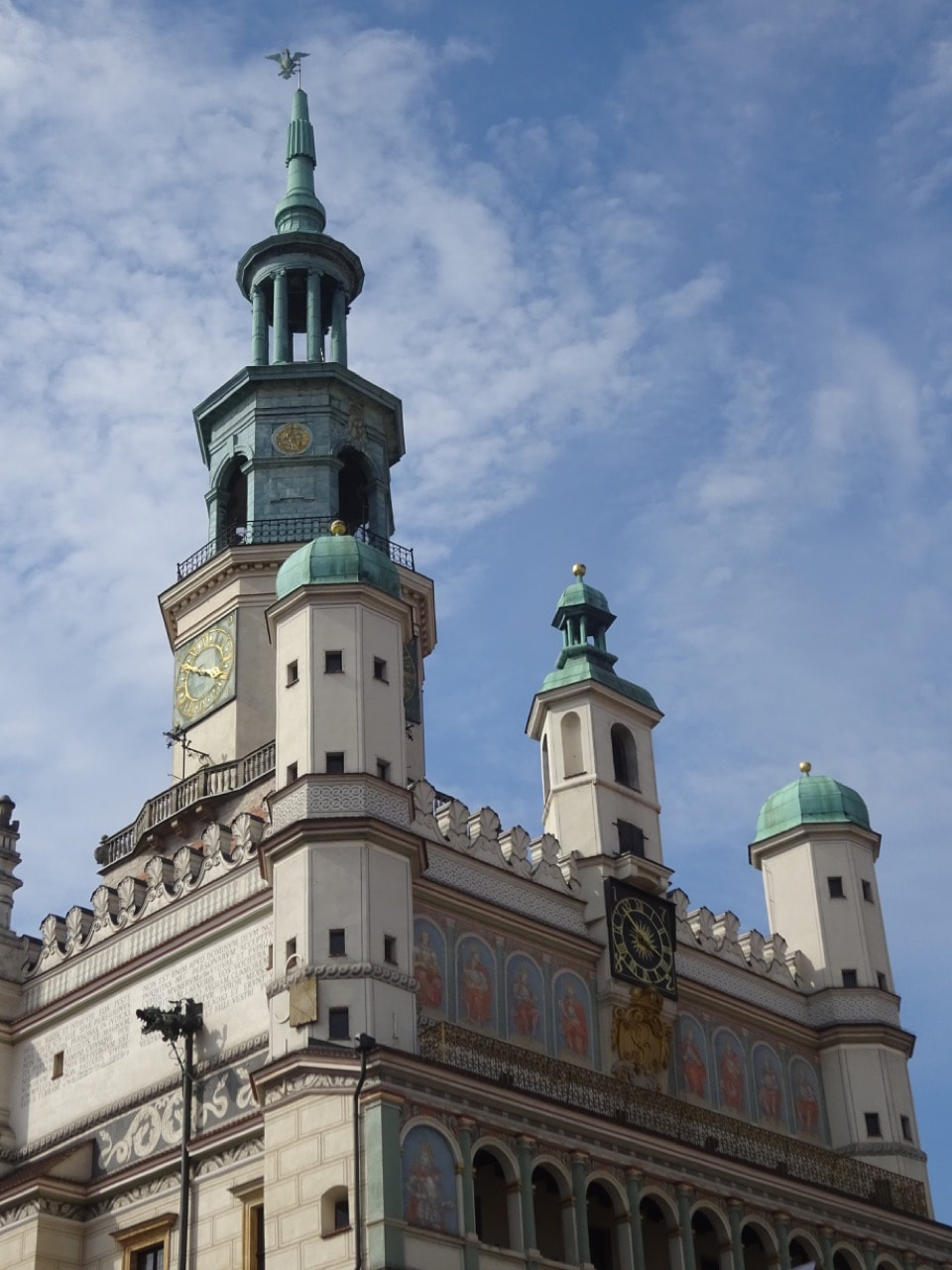
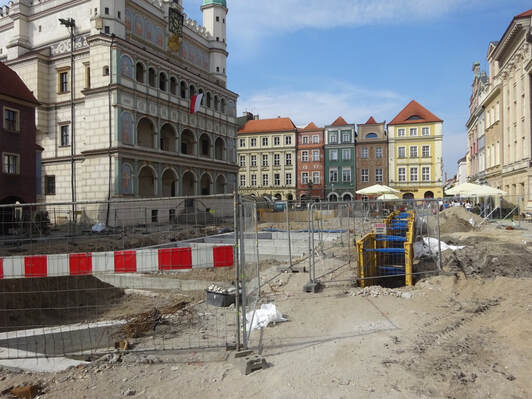
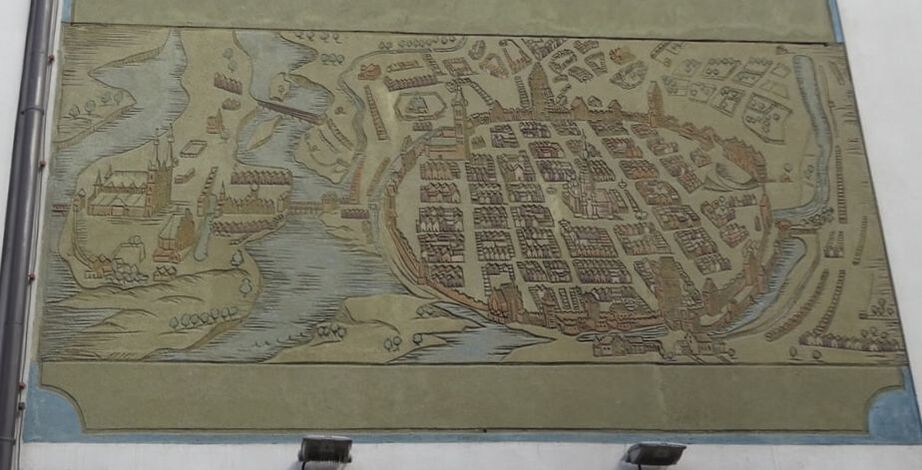
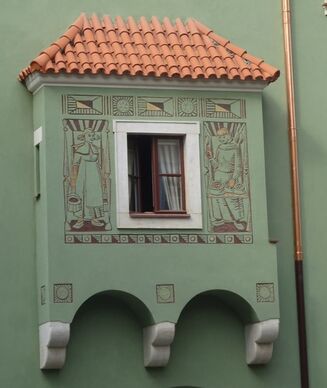
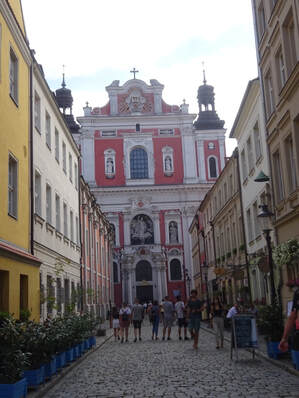
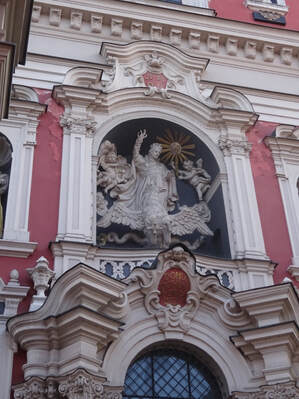
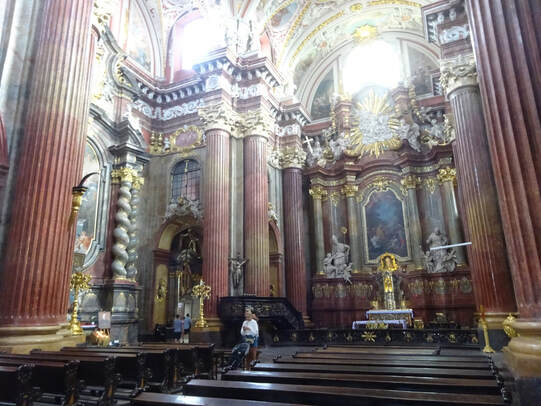
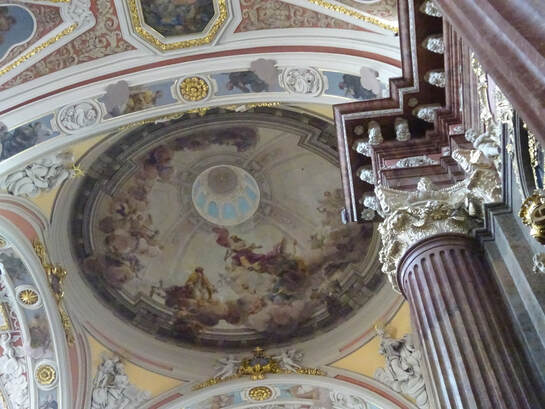
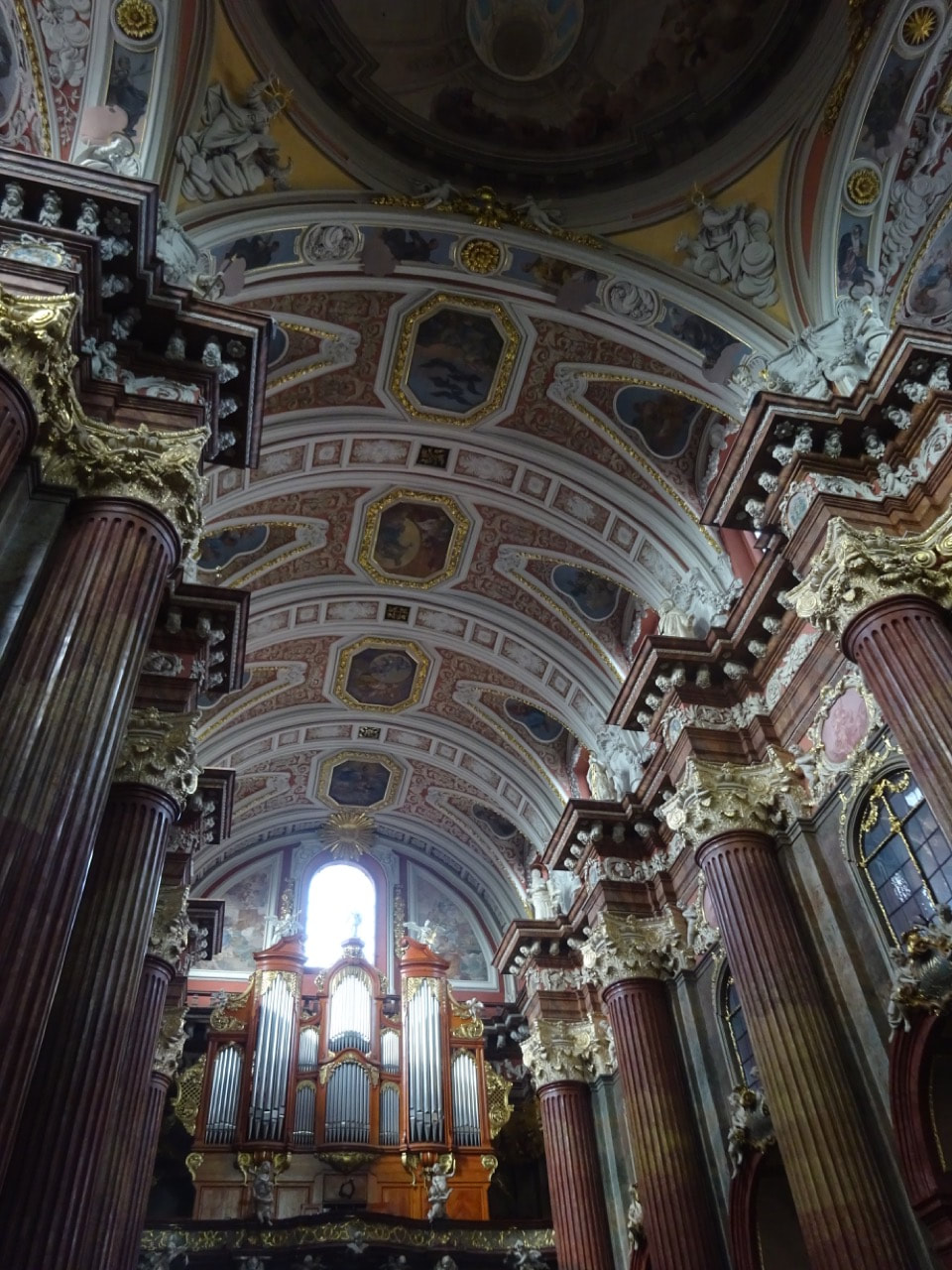
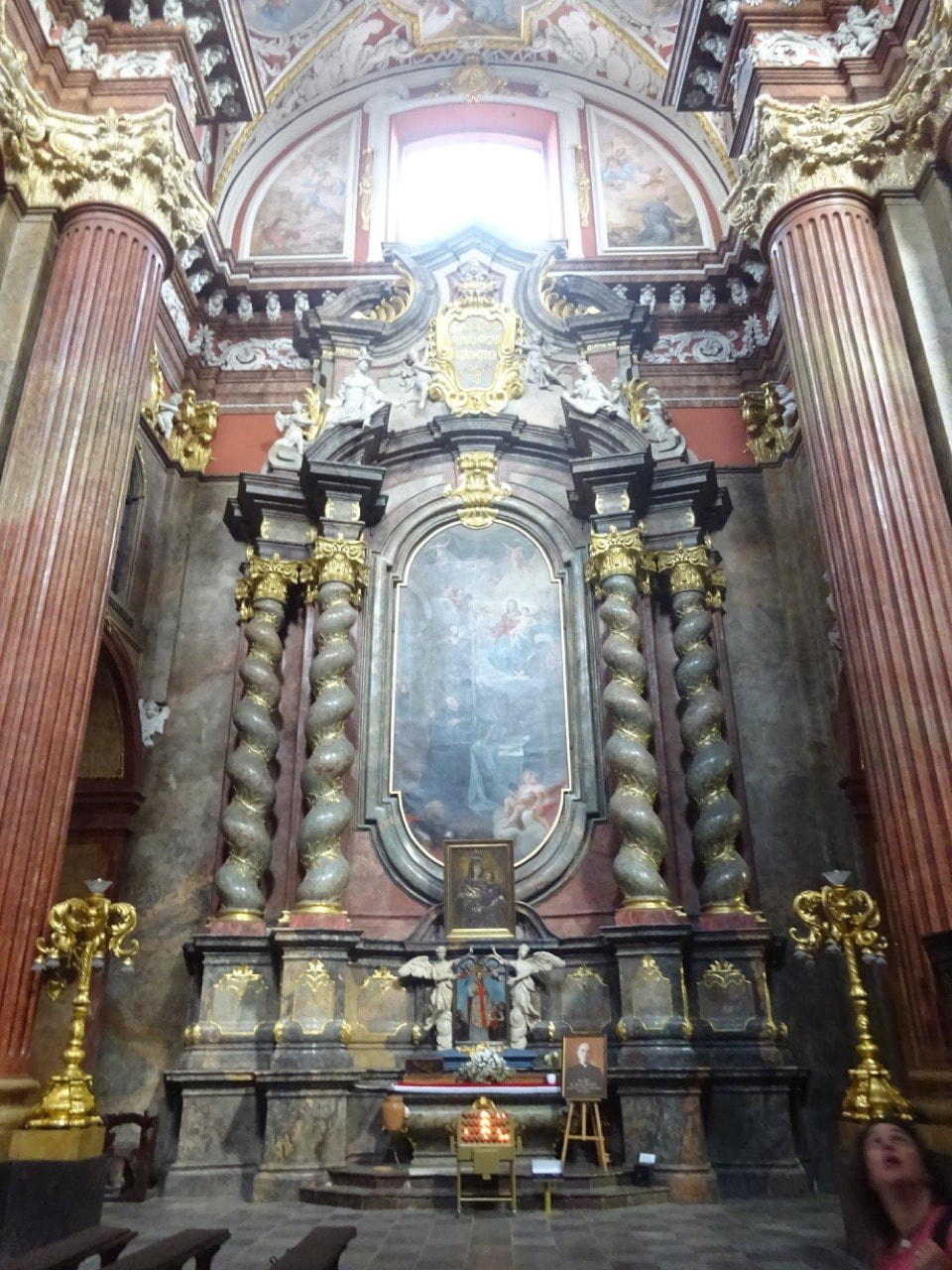
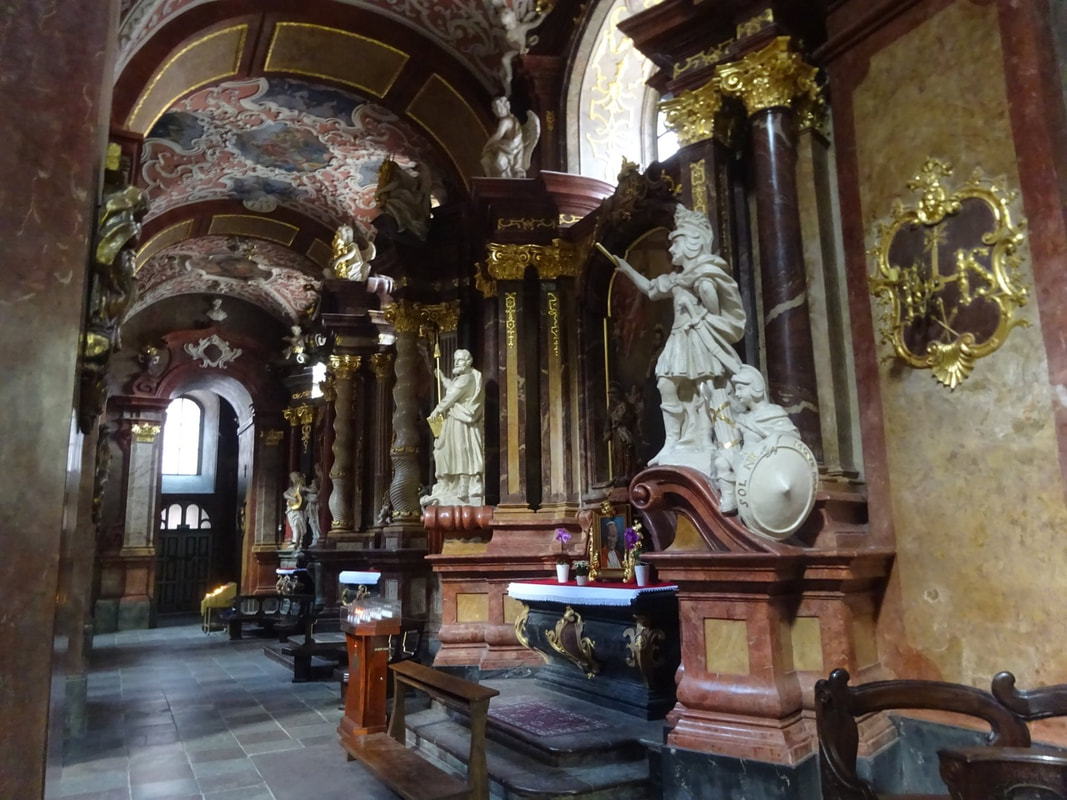
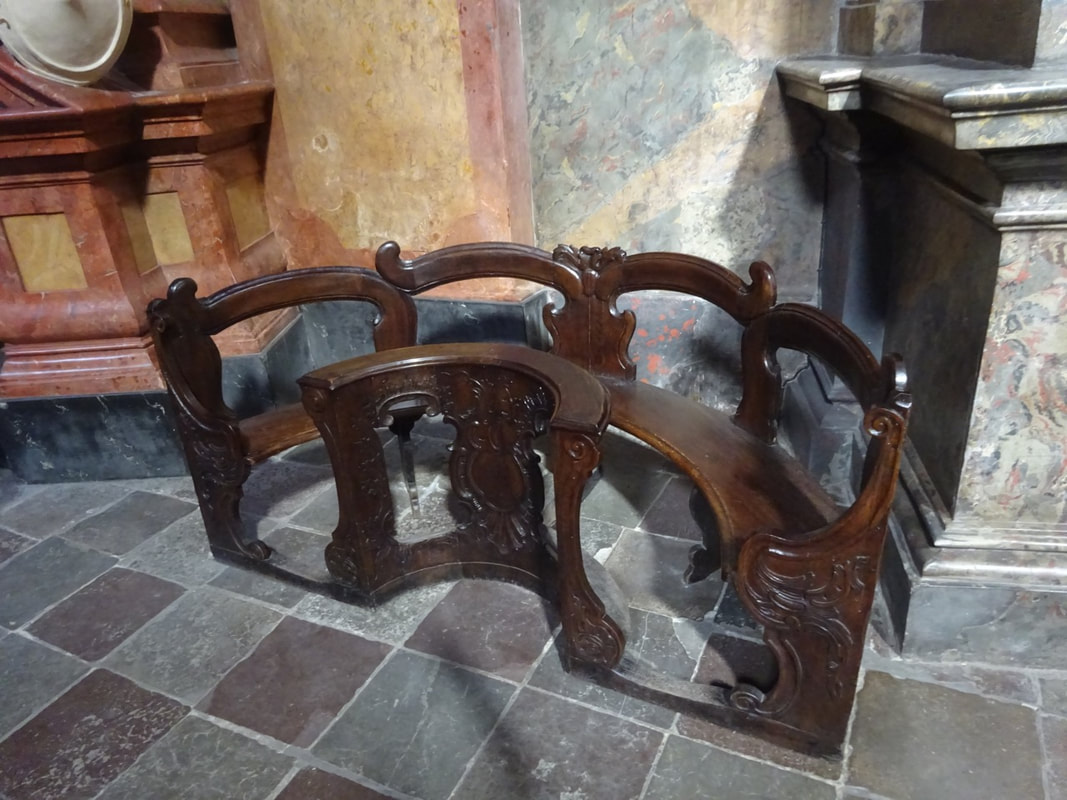
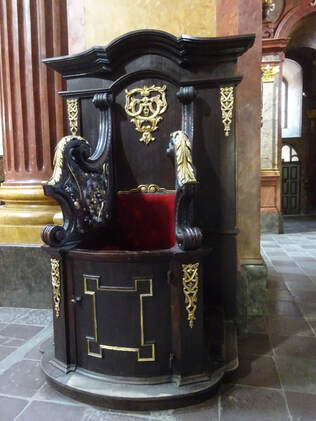
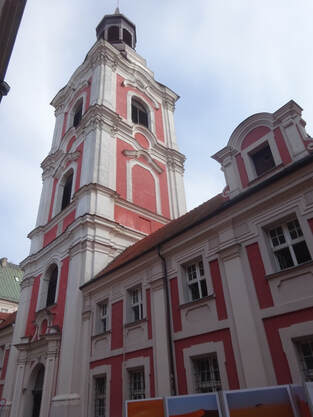
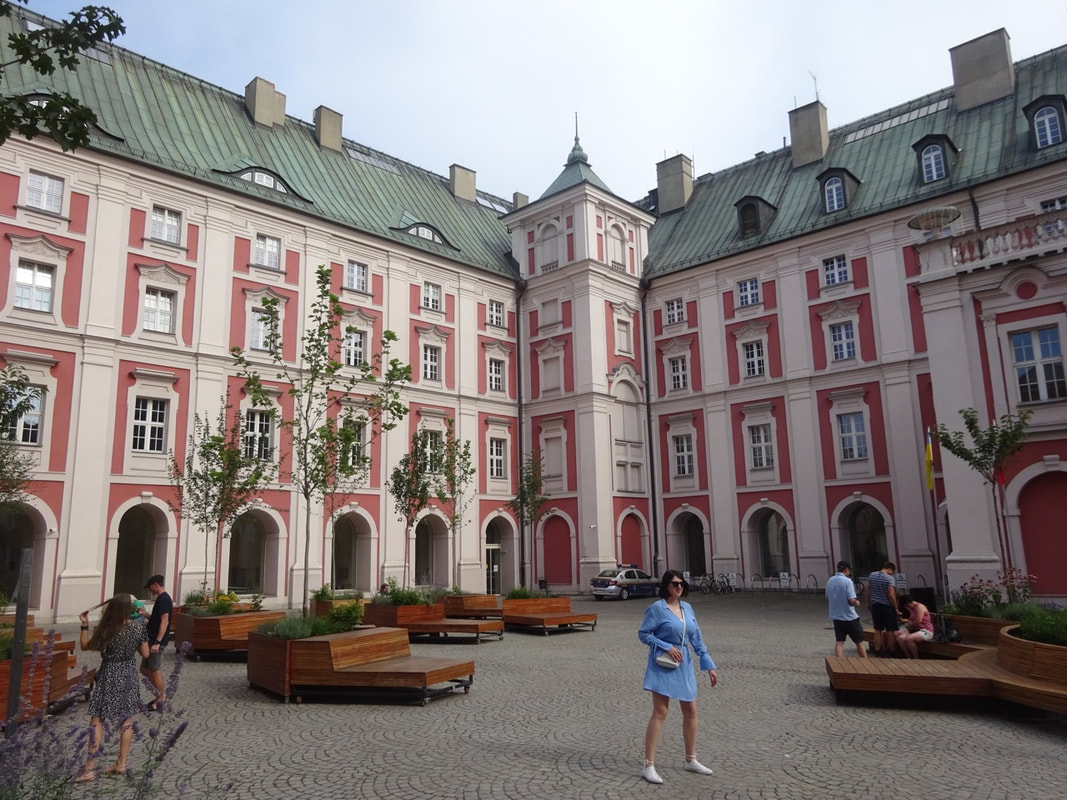
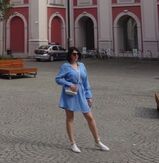

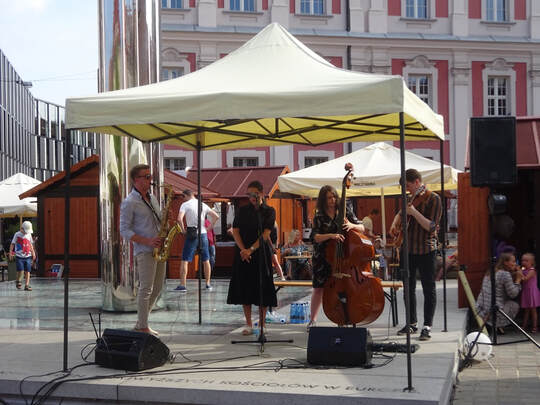
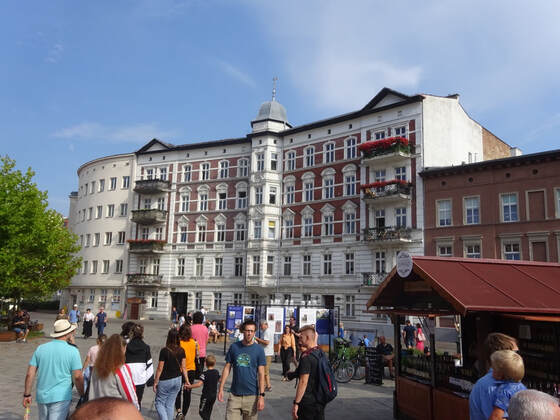
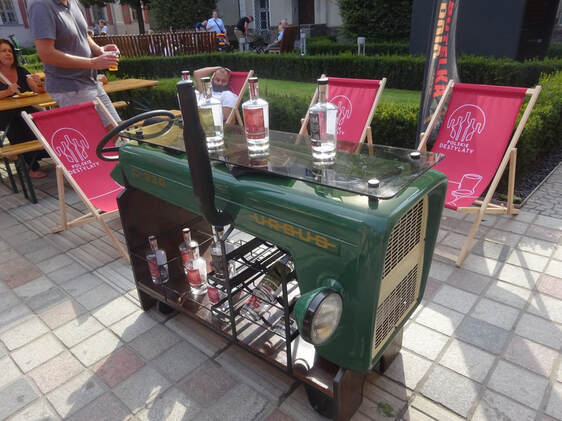


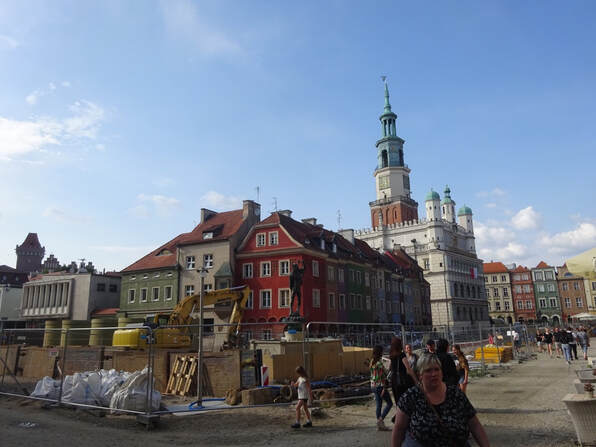
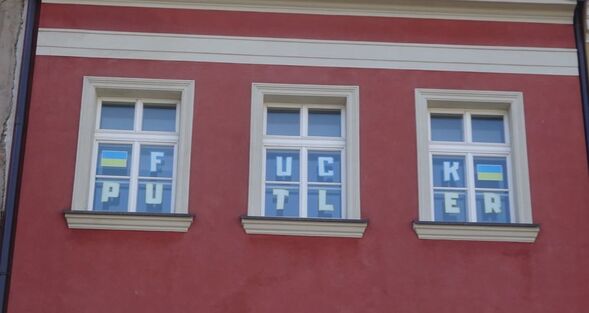
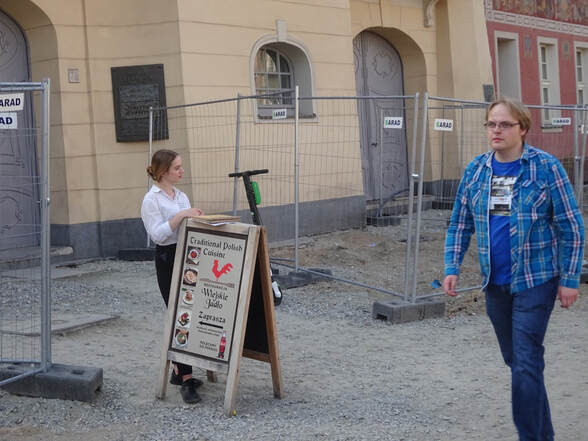
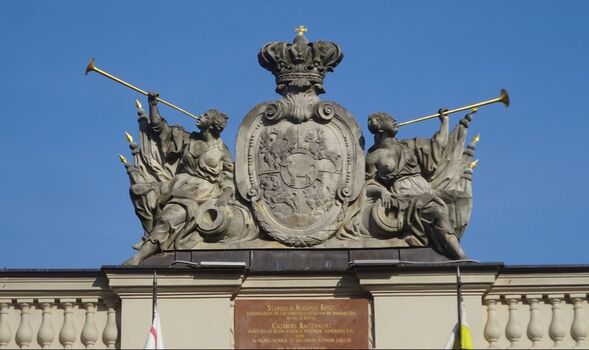
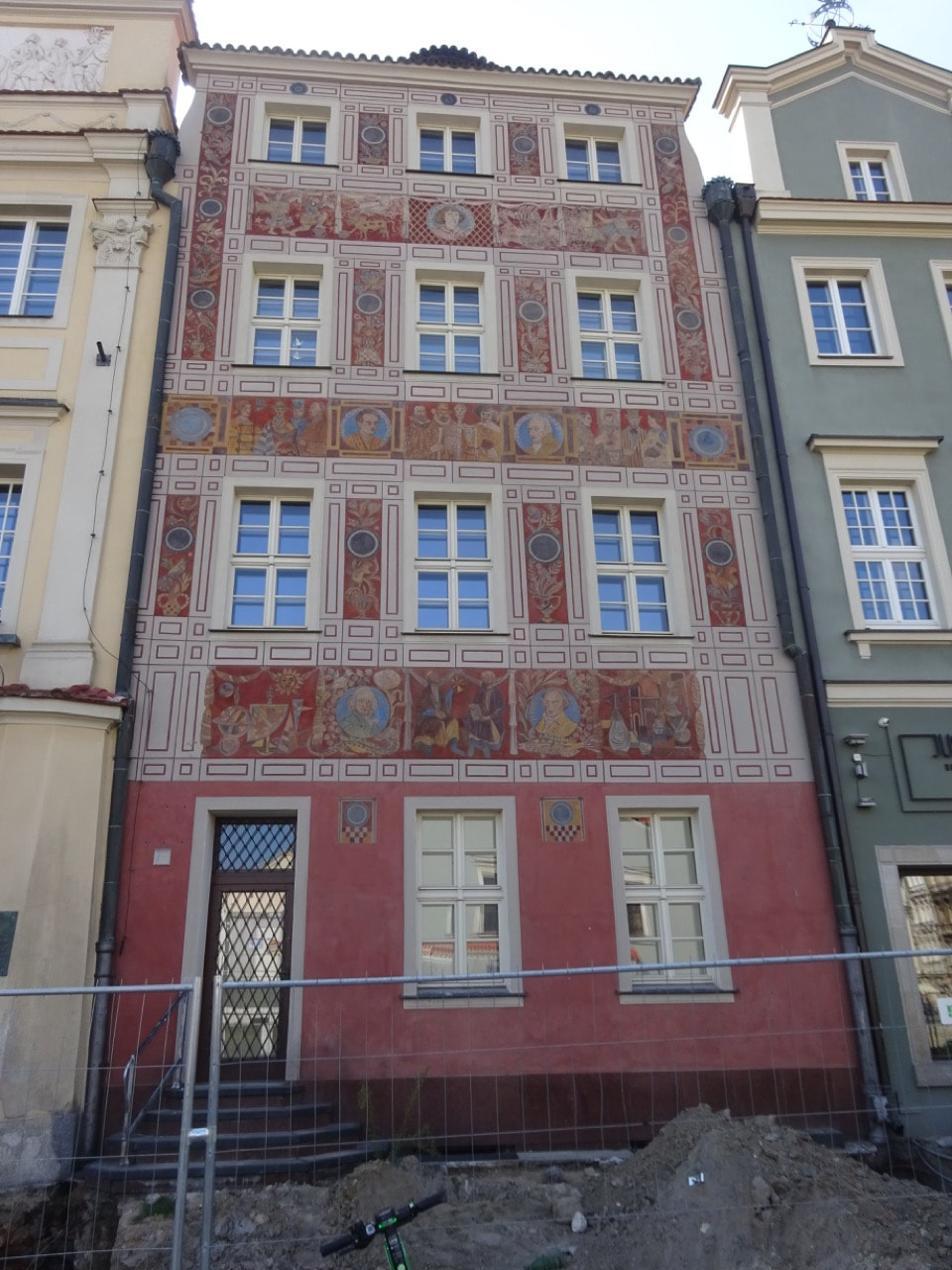
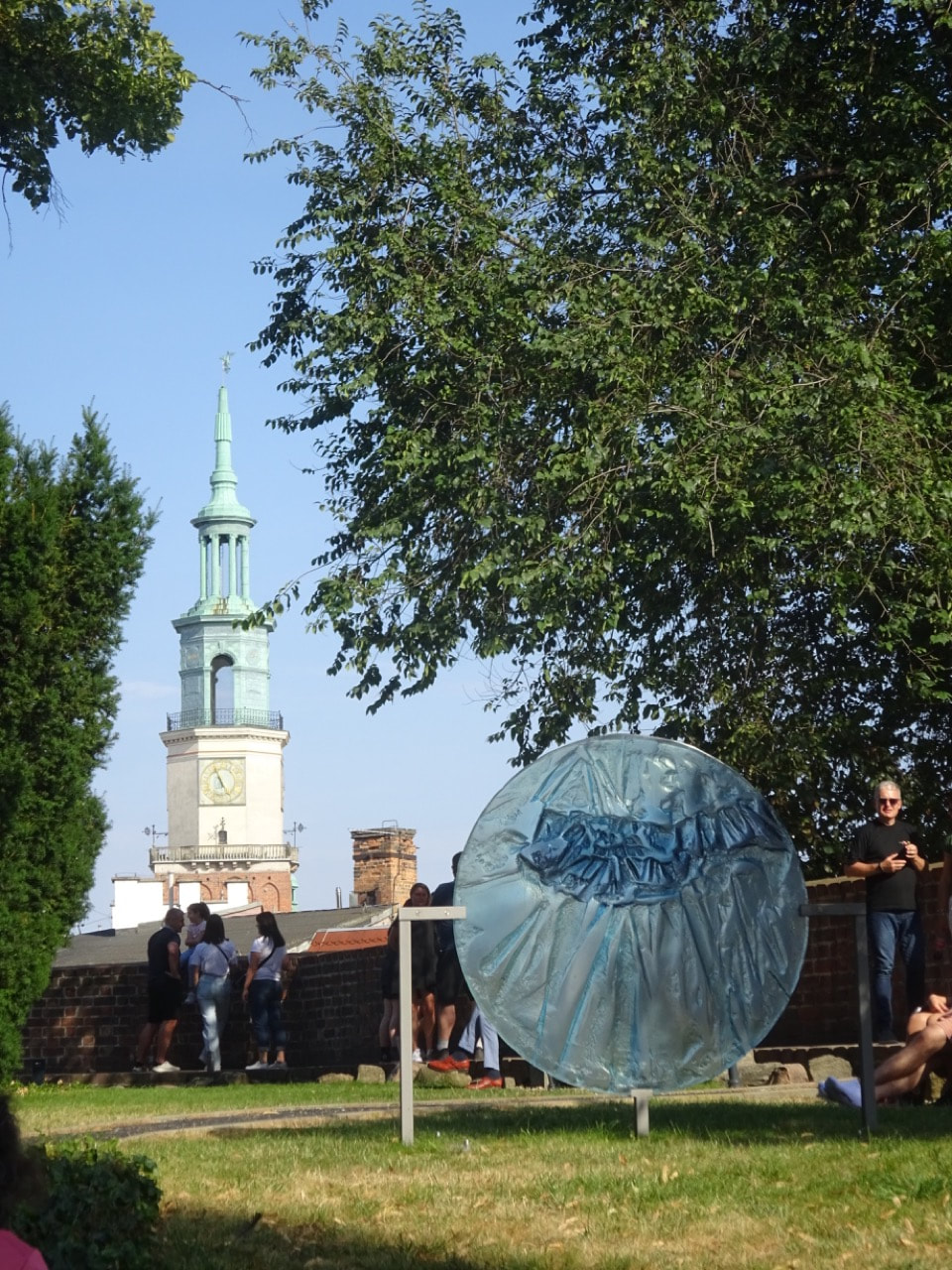
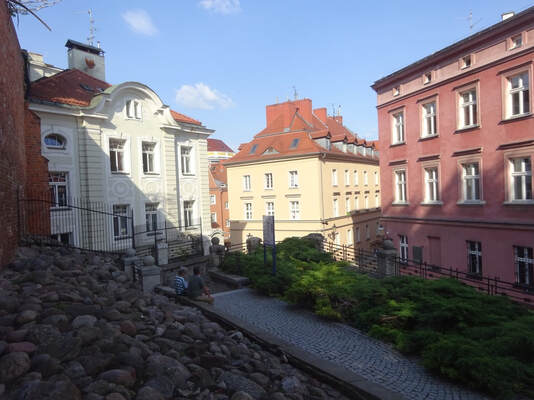
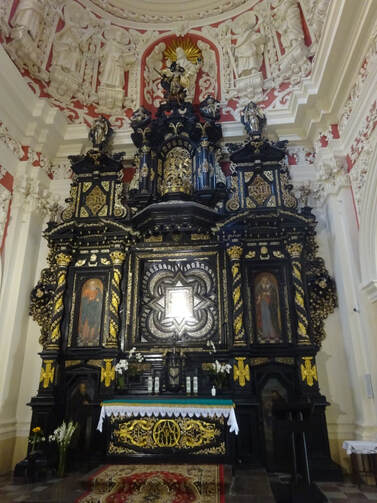
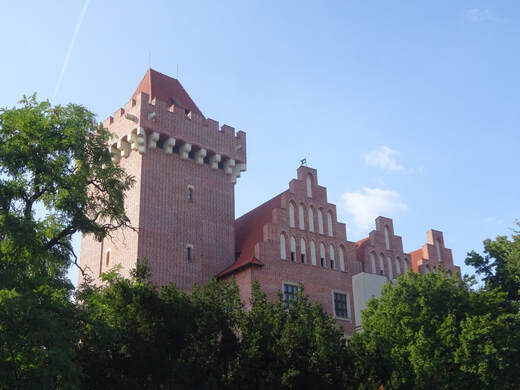
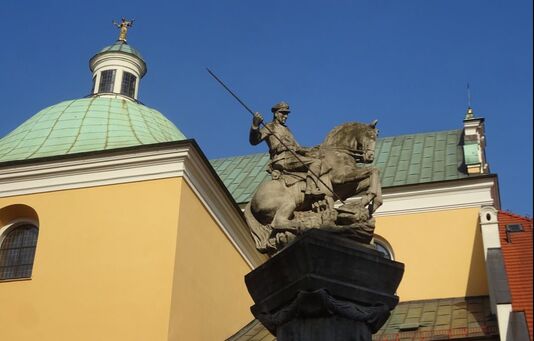
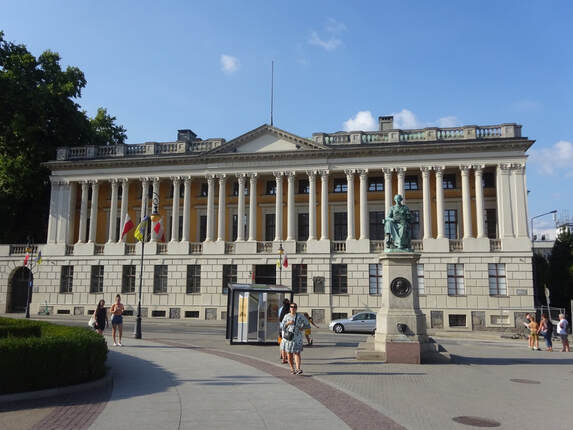
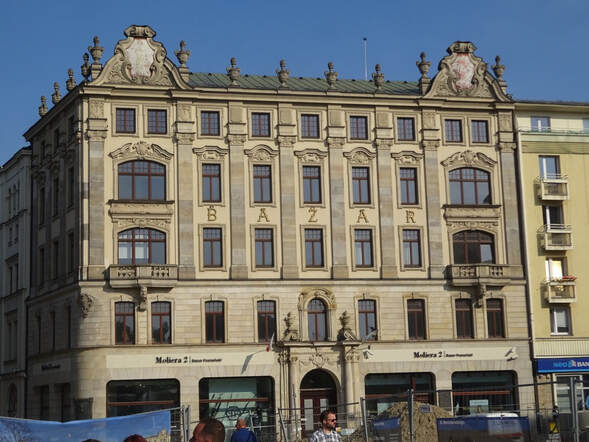
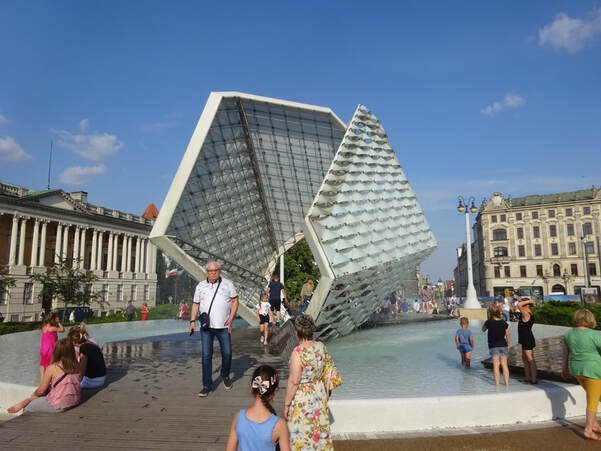
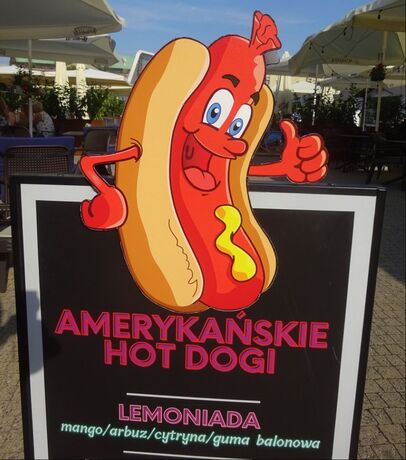

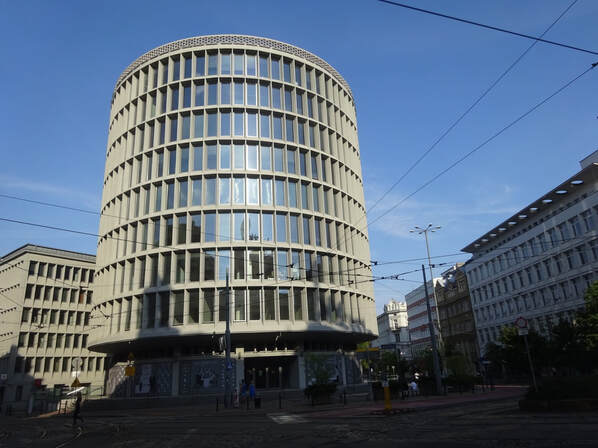
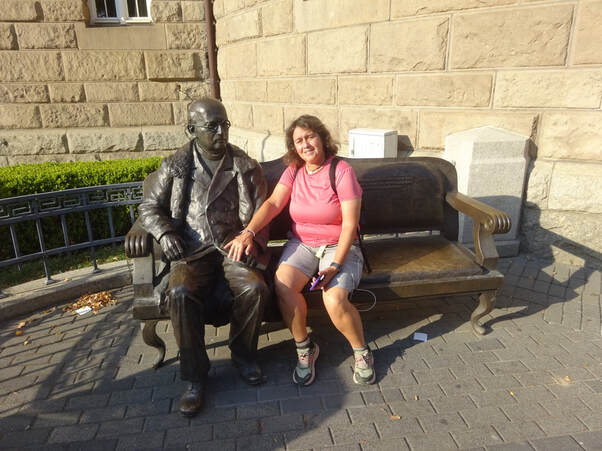
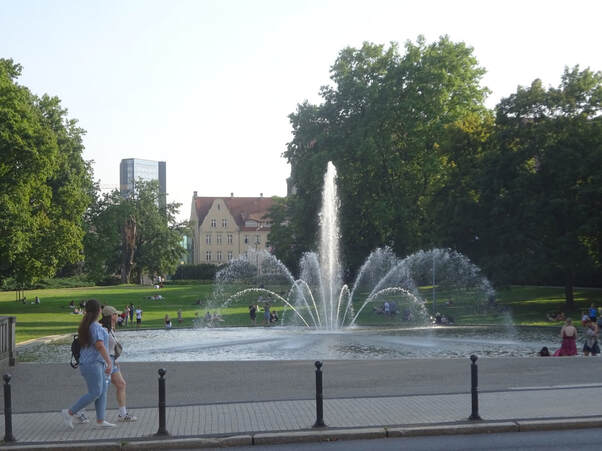
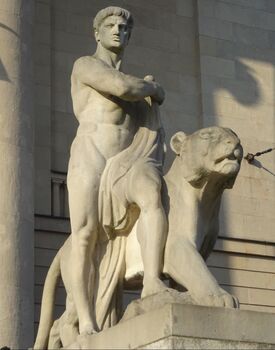
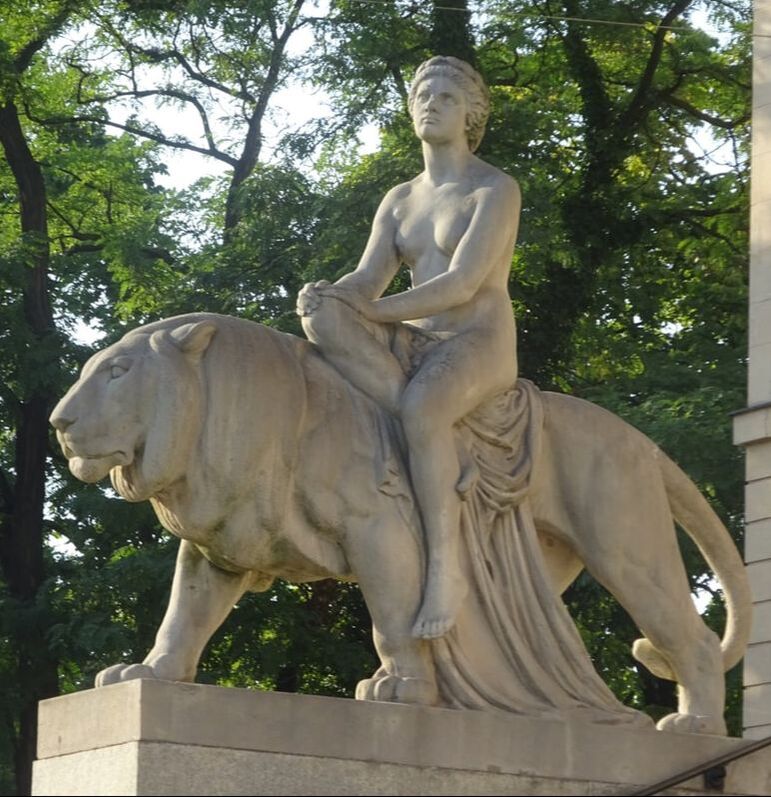
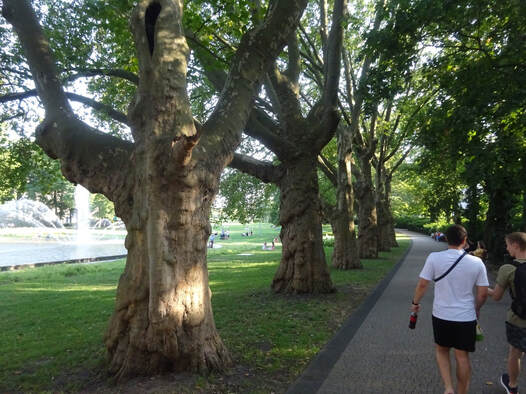
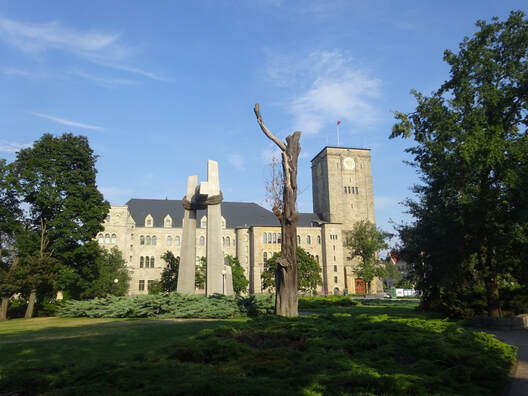
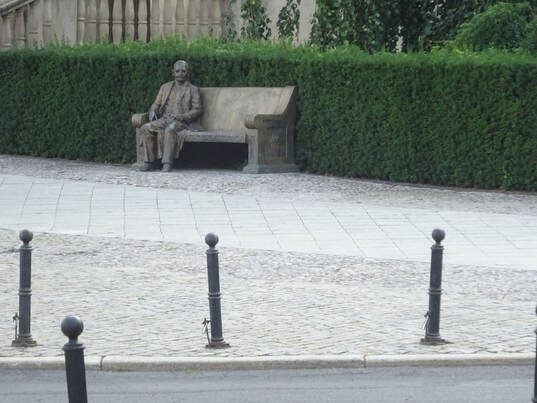
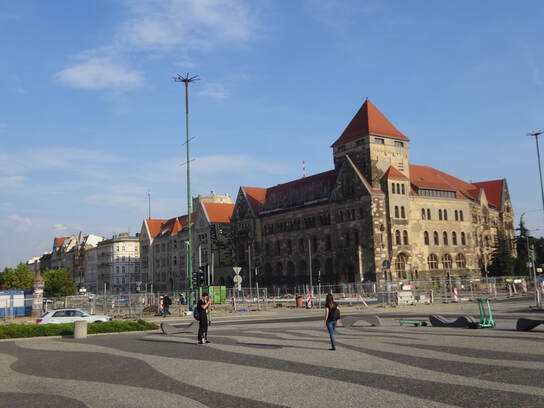
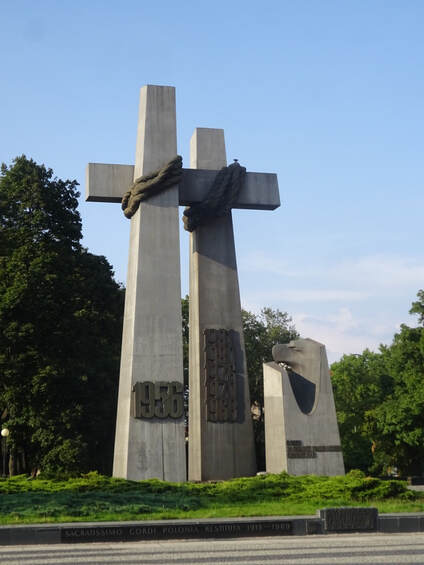
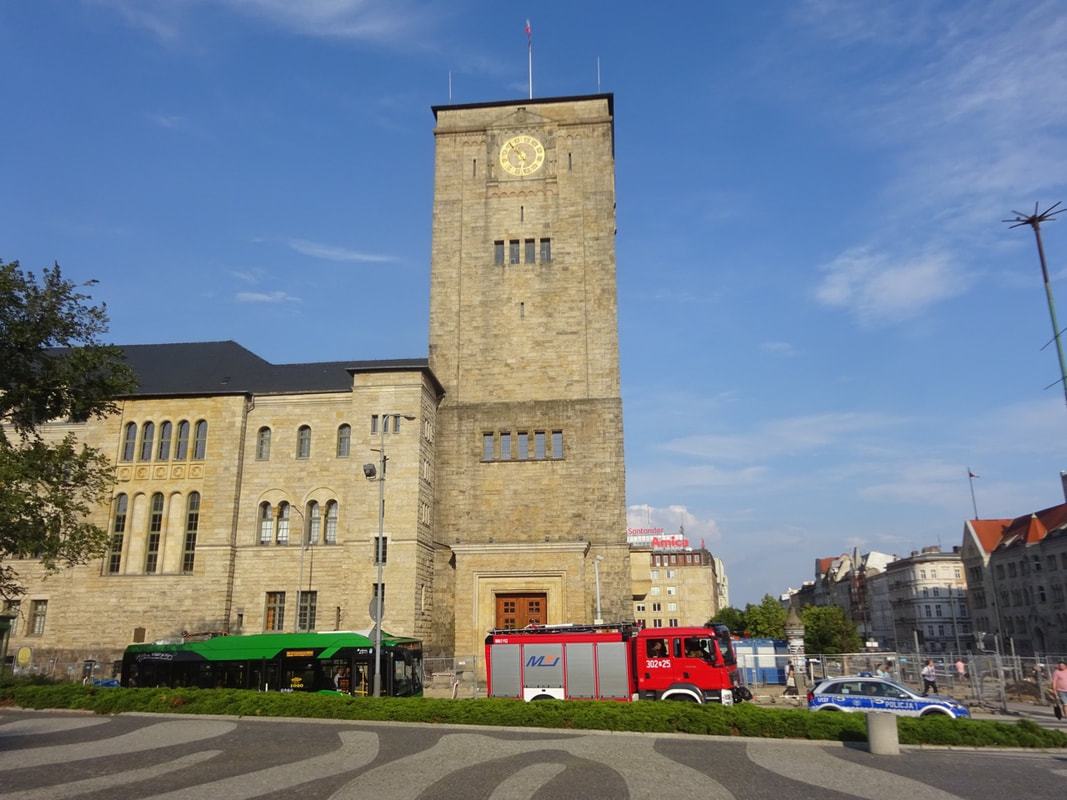
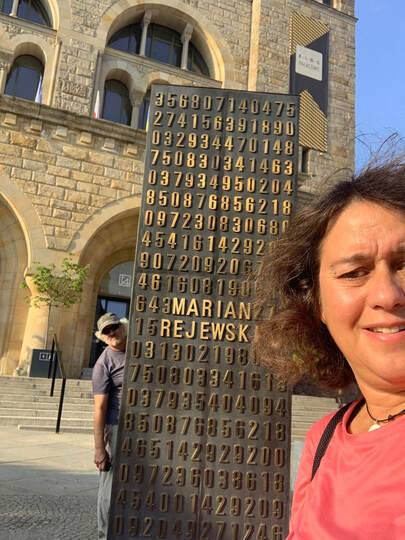
 RSS Feed
RSS Feed
